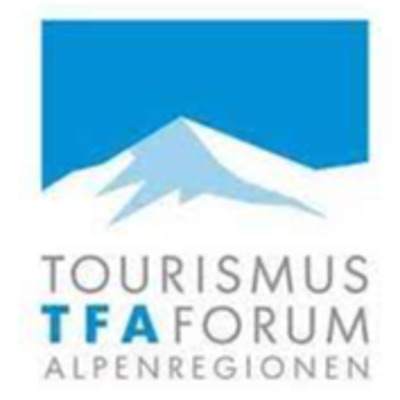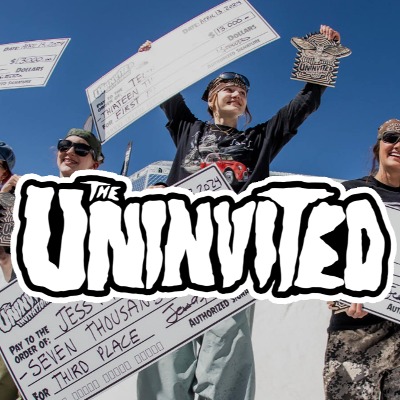NYSEF Runs “Return To Snow” Program - Providing Individualised Support To Injured Athletes

If you or your athlete, recently faced a season ending injury and want to get back on snow in a safe and productive environment, NYSEF is the program for you. Dave Wenn serves as a U16 Coach and a Return to Snow (RTS) Specialist. Dave works with athletes recovering from recent injuries and helps them to return to skiing healthy and strong. Since starting with NYSEF in 2017, Dave has worked with 8 athletes who have returned to snow successfully. Dave works one-on-one with each athlete, creating a specialized plan to not only help the athlete return physically strong, but to simultaneously instill a love for skiing and the process of improvement.
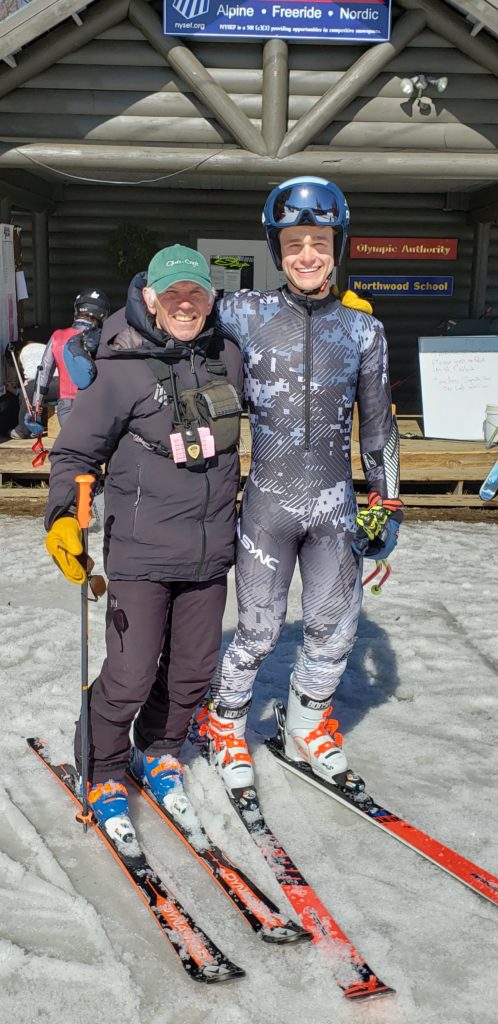 When asked about the RTS process, Dave said, “we treat the athlete like they know very little about skiing. It is a deliberately slow teaching progression…we start with how to ski with low volume/low intensity that then transition into the competitive environment over time.” This season, RTS athletes had an average of 85 days on snow beginning in Stubai, Austria at ski camp to their last day racing in March. These days were broken down as follows, 30 days re-introducing the fundamentals, 30 days of training at various levels (beginning with brushes to gates with different terrain) and ending with return to competition with a primary goal: to finish every run. “There is depth in this program, there is patience in this program…although the athletes may be anxious to return to training at a high level, they must trust the process,” Dave added.
When asked about the RTS process, Dave said, “we treat the athlete like they know very little about skiing. It is a deliberately slow teaching progression…we start with how to ski with low volume/low intensity that then transition into the competitive environment over time.” This season, RTS athletes had an average of 85 days on snow beginning in Stubai, Austria at ski camp to their last day racing in March. These days were broken down as follows, 30 days re-introducing the fundamentals, 30 days of training at various levels (beginning with brushes to gates with different terrain) and ending with return to competition with a primary goal: to finish every run. “There is depth in this program, there is patience in this program…although the athletes may be anxious to return to training at a high level, they must trust the process,” Dave added.
Since every athlete comes into the season differently after an injury, Dave implemented a pain threshold for athletes to communicate their comfort or discomfort during the RTS process. If an athlete comes into the season strong and has a disciplined conditioning program, they will progress better. Dave also utilizes the SkiTracks app to track athletes’ vertical and run volume. “We also mix it up and ski in different snow conditions, in addition to keeping a daily log and just trusting in the slow progression in order to get back into training gates and eventually, competition,” Dave adds. “Naturally, avoiding re-injury is essential. We deliberately avoid getting into gates or races too quickly after an injury. This is why it is so important for athletes to self-monitor themselves and be patient.” Dave not only supports the training aspect of the sport but also the mental aspect. He provides realistic expectations and builds athlete’s confidence to ensure a smoother entry into race day. “The RTS athletes understand that they have trained less gates than their peers so the first few races will be tough. This season though, I have been impressed with the late season results,” Dave notes.
Conditioning is a major focus of the RTS program, both during the season and in the off-season. By building strength and listening to their bodies, athletes can avoid re-injury while simultaneously gaining the confidence to perform at an even higher level on a training or race day.
This season, U16 Head Coach and RTS Conditioning Specialist Patrick Purcell implemented a preventive and rehab-focused conditioning plan for injured athletes. “Through various athlete screening, testing and assessments, we gain vital knowledge relative to a precondition that may put an athlete at risk. It is essential to understand the healing process and what stage an athlete is currently in throughout the recovery journey,” notes Purcell. Coach Purcell follows recommendations set forth by Physical Therapists (PT’s) and Orthopedic doctors by setting standards for each athlete’s individual program. “I use various screening methods, Functional Movement Systems (FMS) as well the US Ski and Snowboard Skills Quest Physical Assessments to condition the athlete,” Purcell says. The FMS is specific to natural uncoached and raw movement with 7 different tests.
The overall goals for the RTS conditioning program is to focus on repetitive, responsive and fatiguing movements that load the knee. Exercises like trampoline absorption and slacklining activate the supportive smaller musculature around the knee while maintaining the highest degree of correct movements. Purcell adds, “essentially, you apply a stress to the knee similar to what is experienced when on skis– and nearly all these exercises are done with boots on!”
NOW MEET TWO ATHLETES WHO TOOK ADVANTAGE OF THE RTS PROGRAM FOLLOWING INJURIES LAST SEASON: HILLARY LARSEN AND BEN DEGIROLAMO.
Meet Hillary: Hillary Larsen from Rumson, NJ is a 16-year old who attends Northwood School. Hillary suffered a complete ACL tear in January 2019. Like most recent injuries, she was “disappointed because I wouldn’t get to compete for the rest of the season with my friends and knew there would be a long recovery road ahead,” Hillary writes. Her injury occurred while attending the NYSEF Winter Term Program, which allows aspiring junior athletes the opportunity to access top-tier training and coaching opportunities, while continuing in their school’s curricula through one-on-one tutoring support.
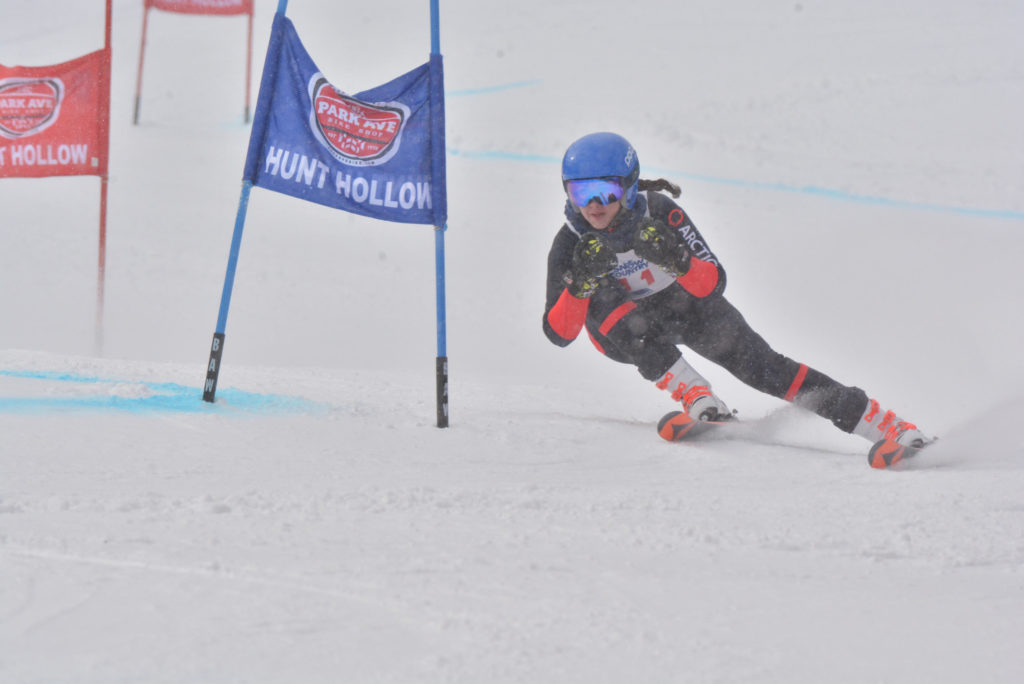
Meet Ben: Ben DeGirolamo from Manlius, NY is a 16-year old attending Northwood School. Ben suffered a knee injury with torn ligaments in January 2019 (similar to his peer, Hillary). The primary worry going through his head after his fall? ”When will I be able to ski again?” A motivated athlete, Ben was eager to get back in shape and follow the plans provided by Coaches Wenn and Purcell.
What motivated you to return to snow?
Hillary: I knew the stronger I could get myself, the less likely I would get injured again. This motivated me to work even harder in the off season. I also missed the feeling of making good turns.
Ben: For me, the biggest motivator to get back in shape and return to snow was the nagging thought of not being able to ski at the level I was used to.
What did you learn in your recovery?
Hillary: I definitely learned that what an athlete does in the gym directly correlates to how they are able to perform on snow. I also learned to listen to my body when something doesn’t feel right… getting that last run of the day or that last rep in the gym is not worth hurting yourself for.
Ben: What I learned from my recovery was to be patient and keep working at strengthening my body and skiing.
What did you learn with the NYSEF Return to Snow (RTS) program?
Hillary: The NYSEF RTS program taught me that there is so much value in going back to the fundamentals- not only on the hill but also in the weight room. I rebuilt my skiing from the ground up and I am a much better skier because of it. RTS Specialist, Dave went above and beyond. He is patient, encouraging, and meticulous and also helpfully points out when you’re doing something wrong. He cares so much, not only for Ben and me, but for every athlete. He watches everyone’s skiing closely and will have constructive feedback for anyone who asks him for help. He is very big on advocating for the athlete. I feel so grateful to have gained Dave as a mentor this season and I cannot thank him enough for what he has done for me this season.
Ben: With the RTS program, I understand more than ever what it means to be self-disciplined and how to self-manage with input from Dave and Patrick. Working with Dave was one of the greatest experiences I have ever been through. The most important thing that Dave taught me was to have patience with the sport and returning to racing/the gates is gradual.
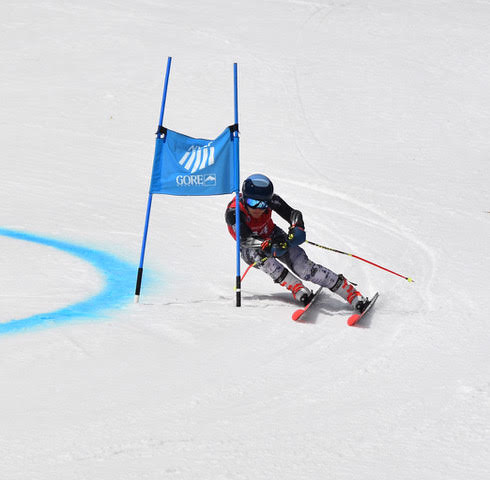
How was transitioning from RTS into racing?
Hillary: Transitioning into racing was nerve wracking because although I felt physically ready, it was challenging mentally to get back into the start gate with no fear. My return to racing went well and the more races I started, the more confidence I built up. Overall, the RTS program has made me a more confident skier. I am able to get into the start gate knowing that everything I have done in the weight room and on the hill has prepared me for any course conditions.
Ben: Transitioning from training to racing seemed to happen quickly once I was ready, but it took a long time to get to that point. It was a slow progression to make it to race day with very low volume and low intensity days to build strength. In the RTS program, I learned to not let the bad days linger in your head for too long, because they will happen.
What are your goals for next season and long term goals?
Hillary: Next season I want to continue to work on my GS and build up my confidence level and return to Super G racing because it is my favorite event and unfortunately I couldn’t train it this year. Some long term goals are to attend college and compete on the USCSA circuit.
Ben: My goals for the 2020-2021 season are to qualify for Junior Nationals, have GS and SL points below 100 and be invited to the National Performance Series (NPS). Some long term goals are to ski NCAA Division 1 in college and race in a World Cup event.
What do you like to do in the off season?
Hillary: Some of my favorite off season activities are yoga and paddle boarding. They are super fun and relaxing and they are also great for preparing for ski season.
Ben: In the off season I like to play lacrosse, mountain bike, run, and play the ukulele . My new interest is photography.











